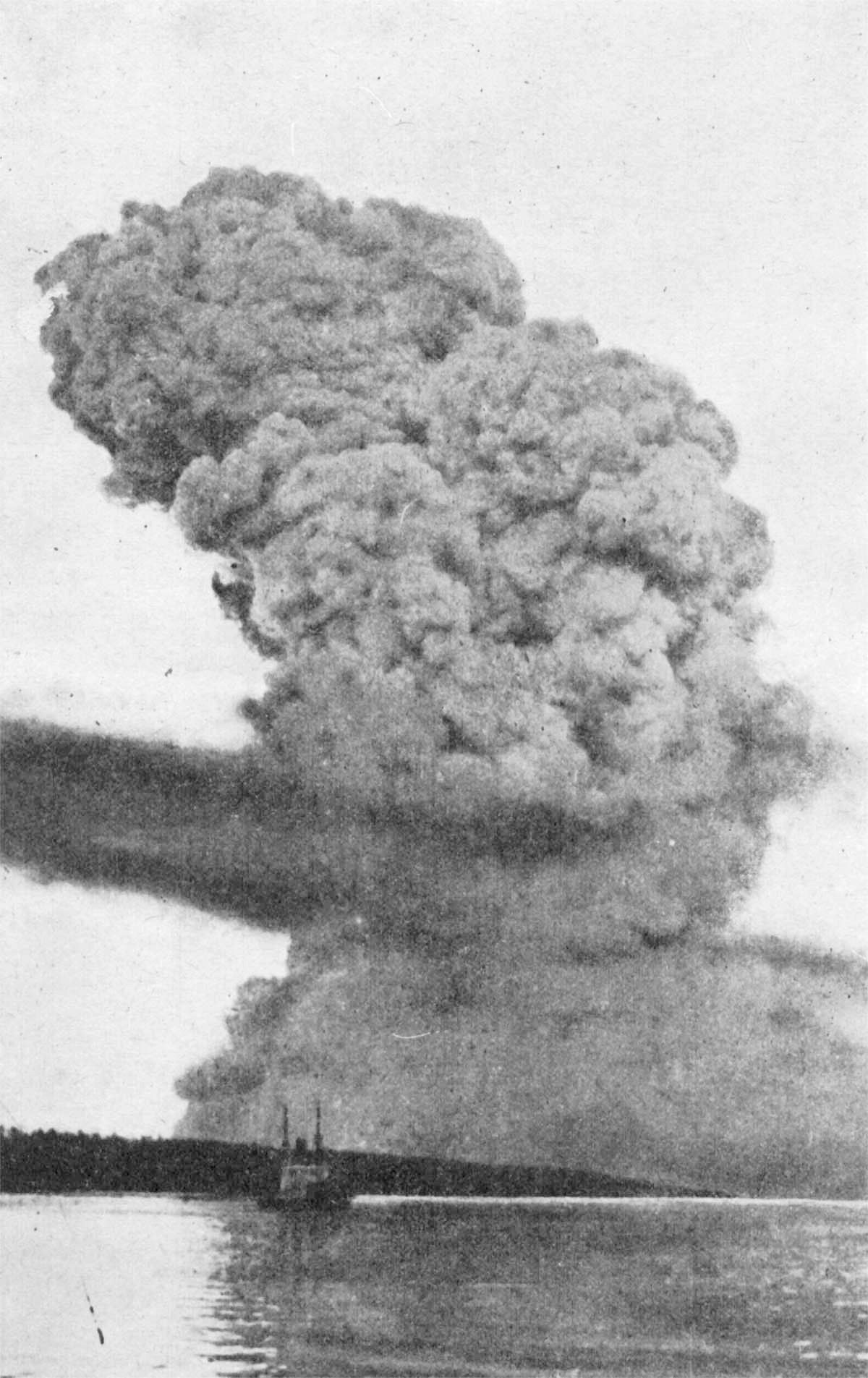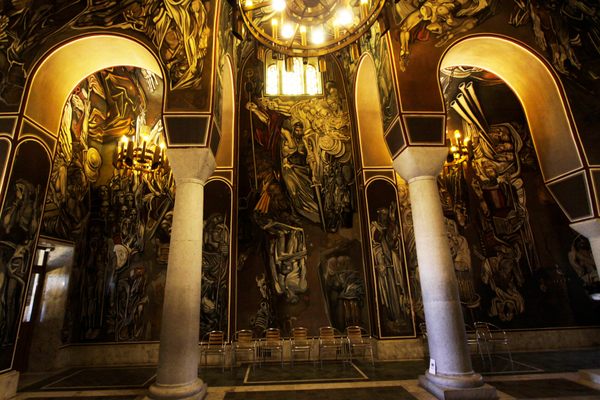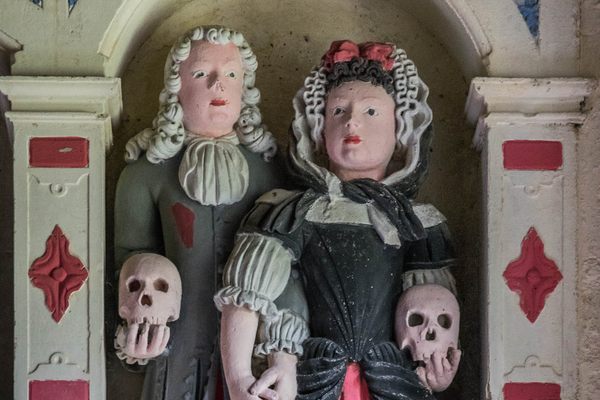About
On the morning of December 6th, 1917 in the port city of Halifax, Nova Scotia, an explosion took place that obliterated half of the town in an instant.
A French munitions ship, the Mont-Blanc, bound for Europe and the Western Front, collided in the busy harbour with a Belgian relief ship, the Imo. The Mont-Blanc was fully loaded with high explosives, picric acid, and the high octane fuel, benzole. The resultant cataclysmic explosion was the largest man made detonation until the nuclear bomb.
Nearly 2,000 people lost their lives instantly, and a further 9,000 were terribly injured. The north end of Halifax simply disappeared. The force of the explosion was so violent that a three ton anchor was found two miles away.
The oldest church in Halifax, St Paul's, some one and a half miles away from the disaster, carries unusual scars of the explosion, still there today. Inside the church, above the inner door way, an iron spike is embedded in the wall, with a plaque underneath labeling the artifact a "relic of the explosion." More macabre, is the tale of a sailor's decapitated head, which flew across the town, smashing one of the upper windows in the church. Panes of glass have time and again been replaced in the window, but each time, the silhouette of a man's head is said to be clearly seen to this day.
The explosion devastated the city and its families.
A moving monument in the shape of a bombed home, ripped apart, stands on the hill overlooking the harbour at Fort Needham Park. The bells that form part of the memorial give some insight to the terrible tragedy which struck Halifax; they were donated by survivor Barbara Orr, who lost both parents, three brothers and two sisters that tragic morning.
Look also for a number of commemorative installations in the park. Along the path up to the monument are markers emphasizing the length of each ship involved in the disaster. There are numerous markers to show neighbourhoods, communities, and streets destroyed in the blast.
Related Tags
Know Before You Go
Check the municipal website for Fort Needham Memorial Park for open hours and access information.
St. Paul's Anglican Church is several kilometers away from the park.
Community Contributors
Added By
Published
July 16, 2013



























































